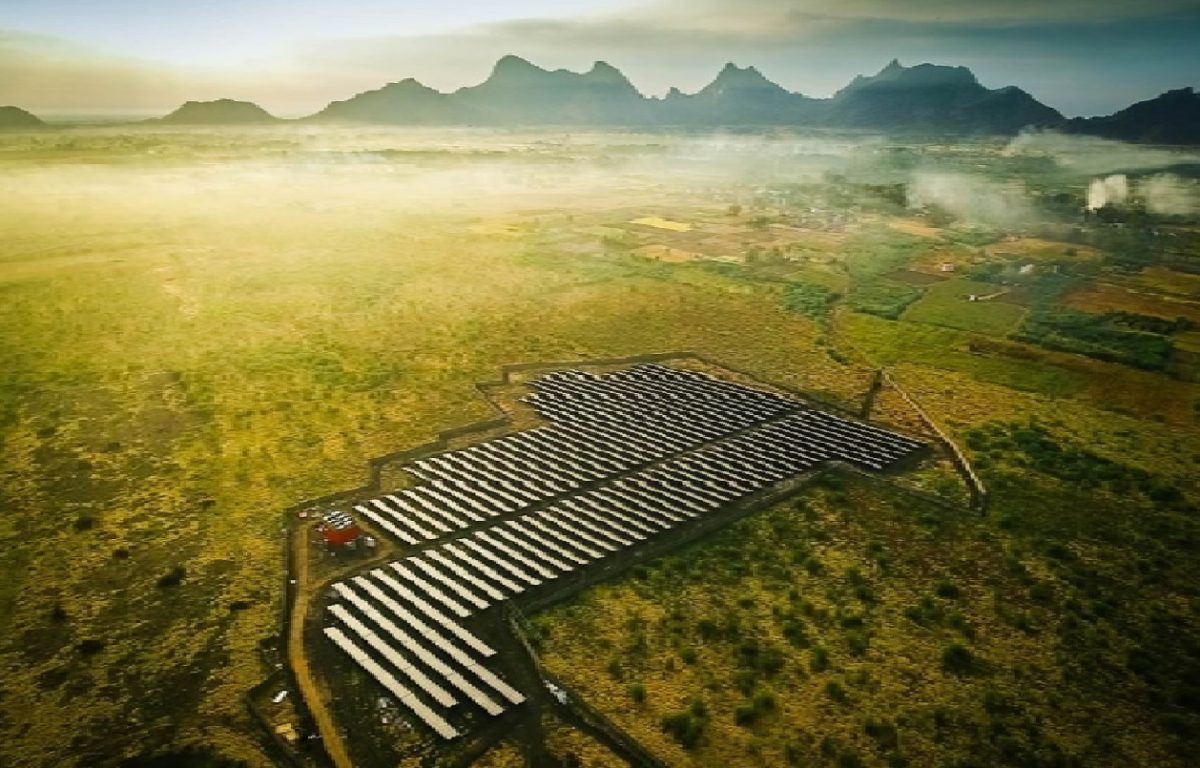India’s renewable energy market is concentrating and evolving, according to a joint study by the Council on Energy, Environment and Water (CEEW) and the International Energy Agency (IEA). The top 10 developers in both solar PV and wind accounted for over 60% of sanctioned projects each year between 2014 and 2017. However, these players were not the same each year.
The share of solar park projects rose from over 40% in 2015 to around 55% of total solar PV capacity tendered in 2017. However, only 16% of the 40 GW target of solar park projects by the end of FY 2019-20 had been awarded by December 2017. Challenges such as land acquisition continue to plague the pace of solar park development.
The CEEW and IEA study further found that while solar parks made India’s renewable development more accessible to investors around the world, there are persistent challenges in scaling up this unique plug-and-play model for organising land and infrastructure. Industry experts and developers also expressed concerns regarding high upfront and recurring solar park charges. Hence, developers with access to relatively low-cost finance have tended to invest in solar parks.
Creditworthy offtakers
Developers and financiers preferred projects with creditworthy offtakers, offering timely and reliable payments. In recent years, a rising share of sanctioned solar and wind investments were based on power purchase agreements with central government entities, such as the Solar Energy Corporation of India (SECI) and NTPC, compared to those executed with state distribution companies (DISCOMs) alone. Among state offtakers, the preference for creditworthy DISCOMs was also clear, with those having favourable financial and operational metrics accounting for the largest share of sanctioned projects in 2014-17.
Kanika Chawla, Senior Programme Lead at CEEW and a lead author of the study, said, “India’s young and dynamic renewable energy market continues to offer opportunities for big gains to both domestic and international developers. Our analysis finds that industry players with access to finance on favourable terms—thanks to foreign sources of capital, balance sheet strength, or by virtue of being state-owned enterprises—have been the early frontrunners in driving renewable energy deployment in India. With cost of finance accounting for over 60% of solar and wind tariffs, the eventual winners are likely to be the ones with the best access to affordable finance.”
Michael Waldron, Energy Investment Analyst at IEA, and another lead author, added, “Scaling up renewable energy investment in India is key to a global clean-energy transition. In the last four years, the Indian market has witnessed a multi-fold growth in project sizes due to ambitious renewable energy targets and an enabling policy environment. Lowering the cost of finance, reducing land acquisition and infrastructure risks, and addressing the factors impacting the timeliness and reliability of power purchase by offtakers will be crucial to realising India’s targets by 2022.”
Notably, India’s solar PV capacity has grown nearly eight-fold, from 3GW to 22 GW, in the last four years. India also has the world’s fourth largest installed wind capacity of 34 GW. In 2017, investment in renewable power in India topped that for fossil fuel-based generation capacity for the first time.
The CEEW-IEA study is part of Clean Energy Investment Trends Project to assess clean energy investment trends, with a focus on renewables and the power sector. This project seeks to provide stakeholders a practical guide for understanding the current clean energy investment environment in India and how the evolution of regulations and risks are impacting where finance is flowing (and where it is not). The results of this investigation would provide policymakers with insights to better manage risks and address regulatory challenges going forward.
This content is protected by copyright and may not be reused. If you want to cooperate with us and would like to reuse some of our content, please contact: editors@pv-magazine.com.









By submitting this form you agree to pv magazine using your data for the purposes of publishing your comment.
Your personal data will only be disclosed or otherwise transmitted to third parties for the purposes of spam filtering or if this is necessary for technical maintenance of the website. Any other transfer to third parties will not take place unless this is justified on the basis of applicable data protection regulations or if pv magazine is legally obliged to do so.
You may revoke this consent at any time with effect for the future, in which case your personal data will be deleted immediately. Otherwise, your data will be deleted if pv magazine has processed your request or the purpose of data storage is fulfilled.
Further information on data privacy can be found in our Data Protection Policy.